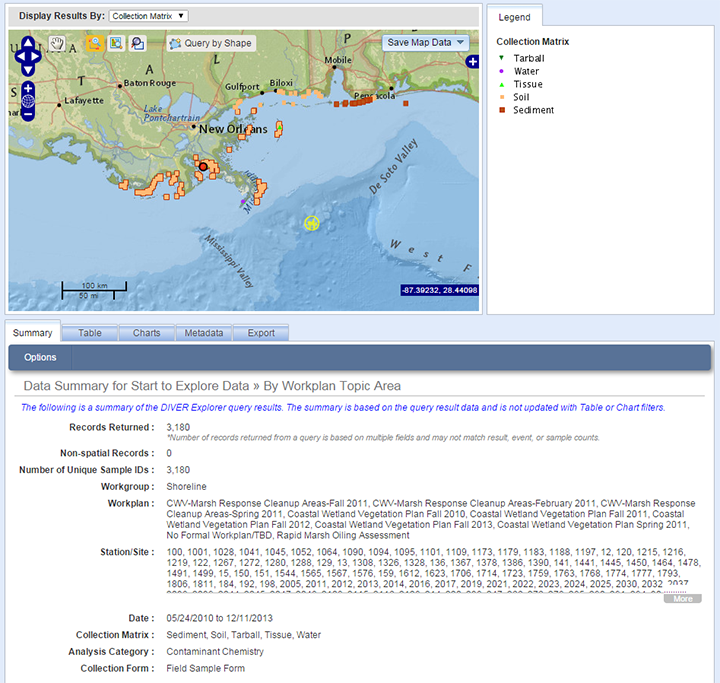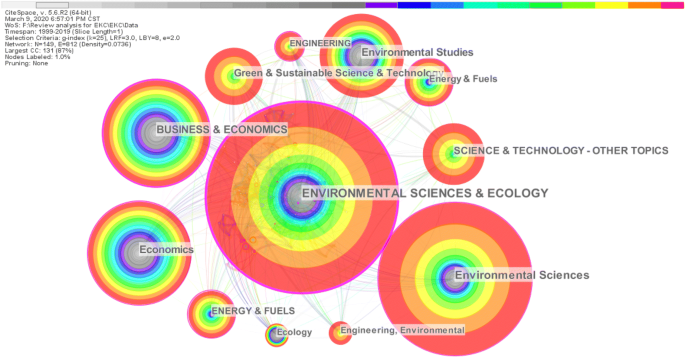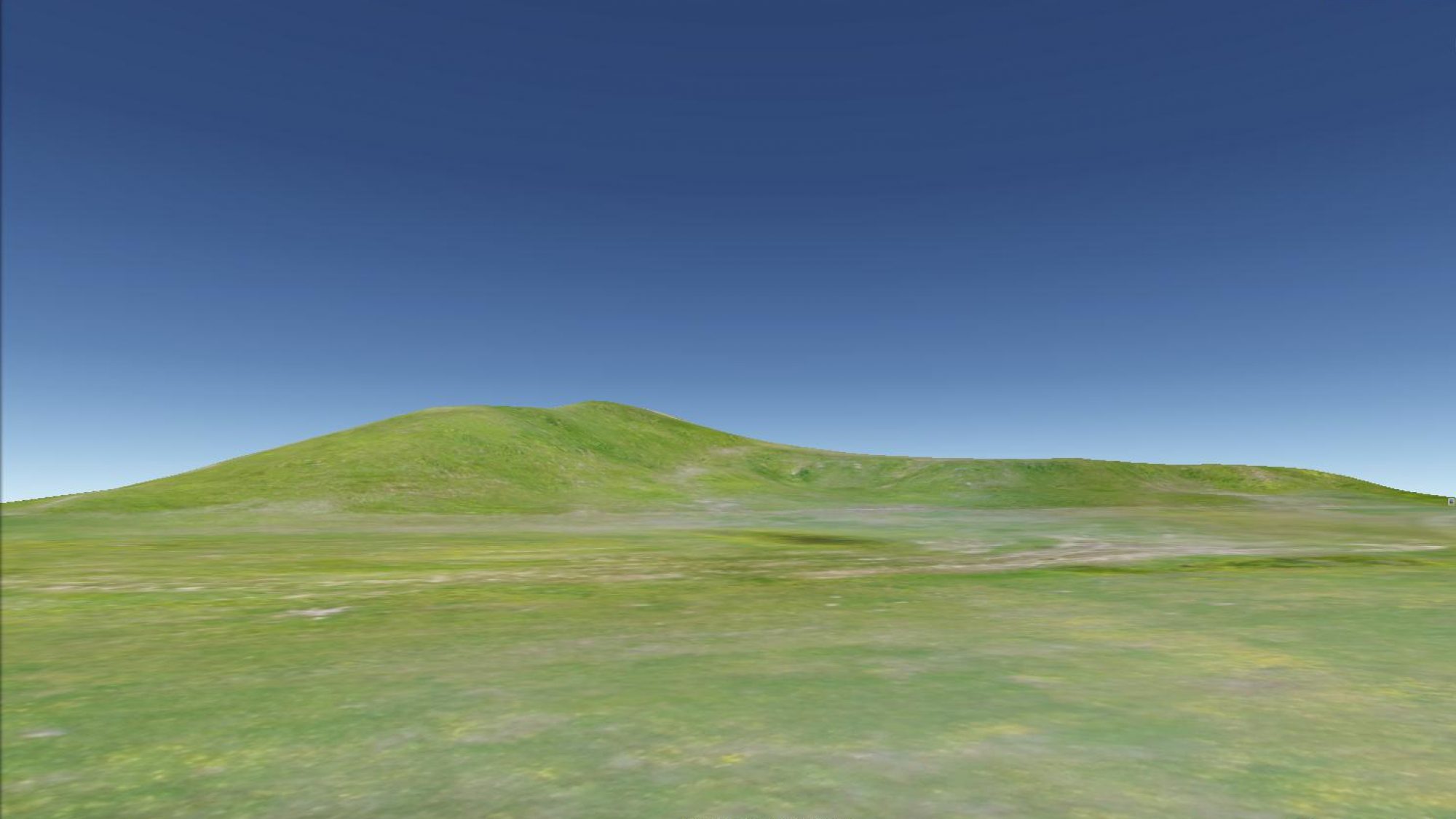

The height of Earth’s atmosphere and topography have been vertically exaggerated and appear approximately 50-times higher than normal in order to show the complexity of the atmospheric flow.Īs the visualization progresses, outflow from different source regions is highlighted. Other methane emission sources come from inventories of human activity. Wetland emissions were estimated by the LPJ-wsl model, which simulates the temperature and moisture dependent methane emission processes using a variety of satellite data to determine what parts of the globe are covered by wetlands. The visualization was created using output from the Global Modeling and Assimilation Office, GMAO, GEOS modeling system, developed and maintained by scientists at NASA. The NASA SVS visualization presented here shows the complex patterns of methane emissions produced around the globe and throughout the year from the different sources described above. For additional information, see the Global Methane Budget. Scientists around the world are working to better understand the budget of methane with the ultimate goals of reducing greenhouse gas emissions and improving prediction of environmental change. The remainder of methane emissions come from minor sources such as wildfire, biomass burning, permafrost, termites, dams, and the ocean. Activities related to oil, gas, and coal extraction release an additional 30%.

Another 20% is produced by agriculture, due to a combination of livestock, waste management and rice cultivation. About 30% of methane emissions are produced by wetlands, including ponds, lakes and rivers. Methane is produced under conditions where little to no oxygen is available. After carbon dioxide, methane is responsible for about 23% of climate change in the twentieth century. Concentrations of methane have increased by more than 150% since industrial activities and intensive agriculture began.

Methane is a powerful greenhouse gas that traps heat 28 times more effectively than carbon dioxide over a 100-year timescale.


 0 kommentar(er)
0 kommentar(er)
